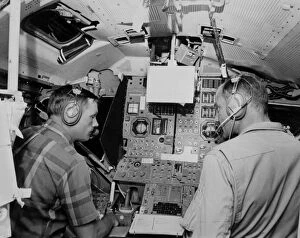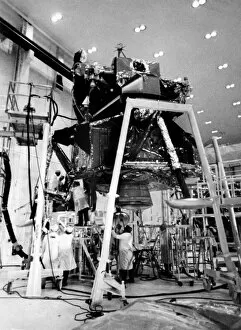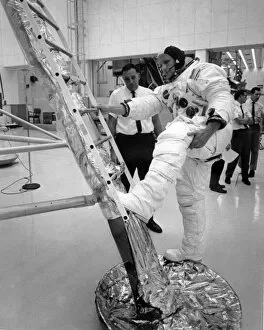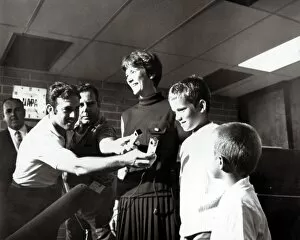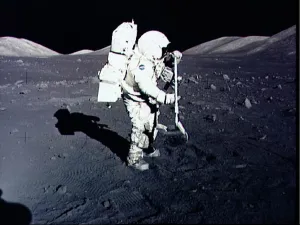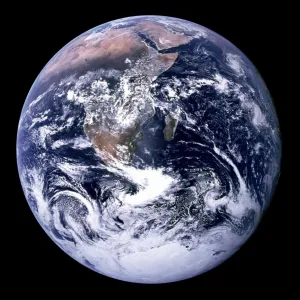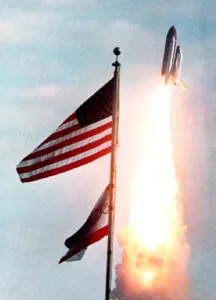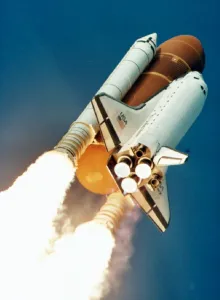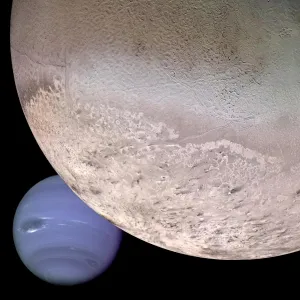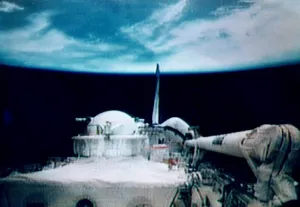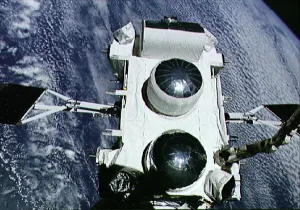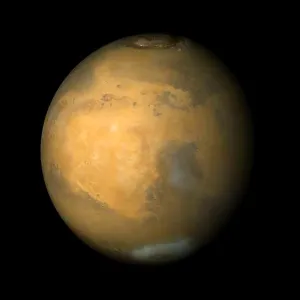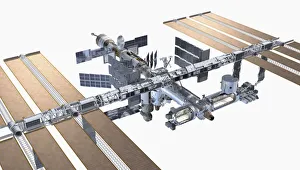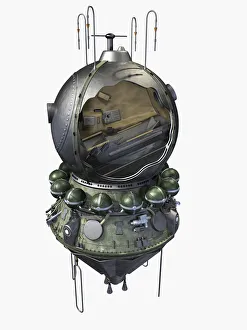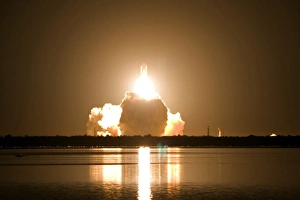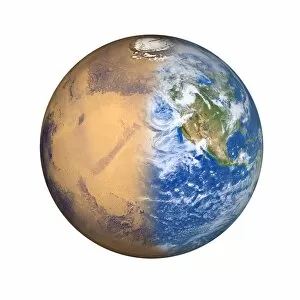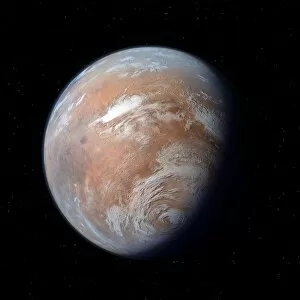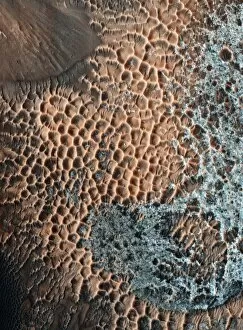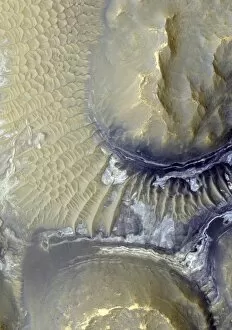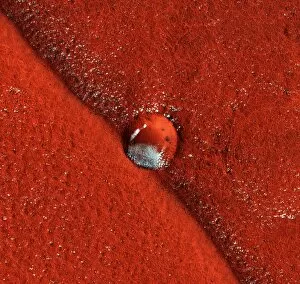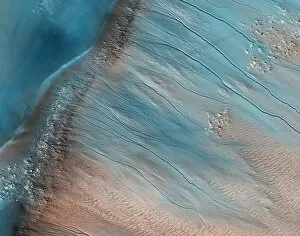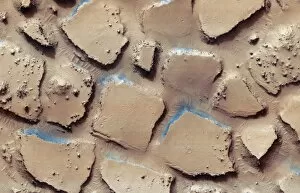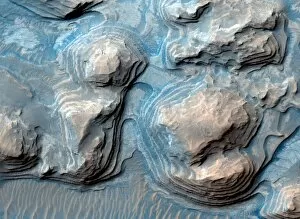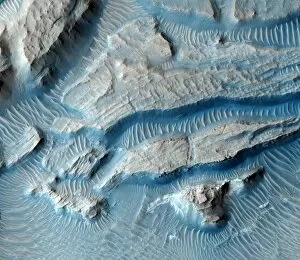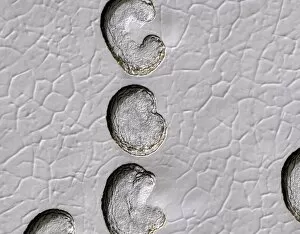Space Mission Collection (page 4)
"Exploring the Final Frontier: A Journey through Space Missions" In 1957, Sputnik II carried Laika, the first living being to orbit Earth
All Professionally Made to Order for Quick Shipping
"Exploring the Final Frontier: A Journey through Space Missions" In 1957, Sputnik II carried Laika, the first living being to orbit Earth, paving the way for future space exploration. The mesmerizing Cassini image of Saturn's rings reveals the breathtaking beauty and mysteries of our celestial neighbor. Witness an awe-inspiring illustration of the mighty US space rocket Saturn V's second stage soaring mid-air during a historic mission. Reflecting on history, Sputnik I marked humanity's first step into space, forever changing our perspective on what lies beyond Earth's atmosphere. Prospero took flight in a remarkable launch that showcased mankind's relentless pursuit of knowledge and advancement in outer space exploration. Laika became an icon as she bravely embarked on her journey aboard Sputnik II, capturing hearts worldwide with her pioneering spirit. Tragedy struck during Apollo 1 when three brave astronauts lost their lives while pushing boundaries and preparing for future lunar missions. Pravda reported extensively on the groundbreaking achievements of Sputnik I, igniting a global fascination with Soviet advancements in space technology. Witness US astronaut Edward H. White II performing daring external tasks during his extravehicular activity (EVA), showcasing human adaptability in zero gravity conditions. From its humble beginnings to monumental triumphs like Apollo 11's iconic journey from Earth to Moon – witness an incredible illustration depicting this historic feat.

